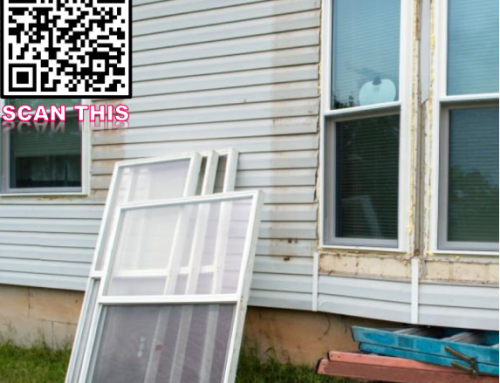By Mac Mowbray
Niskayuna has an appliance question.
My downstairs tenant is complaining that her refrigerator is leaking. I told her that was impossible, that it was not an icebox and it could not be leaking. She complained again and I went down there and looked and it was leaking!! Where is the water coming from and what can I do about it? I am older and this is the first house that I have owned. I’m not familiar with how appliances work.
Mac says: Well, well, well, we have another newbie! Before I try to answer you question, I would suggest that you purchase a couple of books published by Reader’s Digest. The “Do It Yourself” one and the “How To Fix It Yourself” one. These books will familiarize you with the potential problems and how to take care of most of them. Once you read the book, you will have the knowledge to judge whether or not you should tackle a repair yourself.Back to the refrigerator. Modern self-defrosting ones have a drain that takes the water from the freezer and directs it down to an evaporator pan at the bottom of the appliance. If that drain becomes clogged, water will run elsewhere and wind up on the floor. Some of these are easier than others to clean out. Consult the manufacturer’s web site or ask a dealer if they would advise doing it yourself. It will cost you a service charge for someone to come and do it. Maybe $75 to $85 depending what the hourly rate is. Usually no parts are required. It doesn’t take too long, but most repair persons have a minimum of one hour. This of course is presuming there is nothing else wrong with the refrigerator.
Downtown Albany has a drain issue of a different kind.
I woke up from my afternoon nap yesterday to find water all over my kitchen floor. The kitchen sink was full of nasty brown water and was running over the edge. The faucet was turned off so I wondered where it came from. I bailed out the sink, and a few minutes later more dirty water started coming out of the drain!! I realized that the upstairs tenant was washing dishes. I tried the sink plunger to no avail, what to do?
Mac: (I answered this one over the phone; here’s what I suggested and it did work.) Since the plunger did not work, and the drain was working fine up until this incident, I suggested he obtain a drain snake that attaches to an electric drill. These work much easier that the manual type. Find an access to the drain line. Sometimes there is a plug or a cap that you can remove. If not, you must disassemble the drainpipe and access it that way.
Feed the snake into the drain by hand as far in as it will go. Tighten the gripper in front and then slowly turn on the drill. When the snake goes in, loosen the gripper and feed more into the drain. Keep doing this until you are at the end on the snake’s capacity. Usually these things are about 25 feet long. When you hit a spot that offers resistance, move the snake up and down to loosen the clog. Then withdraw the snake and test the drain. If it still does not run try it again. If it runs, flush it with very hot water to help dissolve any grease.
WARNING: DON’T USE A SNAKE IF YOU HAVE PREVIOUSLY POURED ACID OR OTHER DRAIN CLEANER IN THE DRAIN.
Consult a professional and be sure to TELL HIM WHAT YOU USED IN THE DRAIN. Also, if this does not work, it is possible that you need a longer snake.
Colonie has a fan problem.
I was cleaning out a vacant apartment and put the ceiling fan on. It wobbled and swayed. It is not that old.
Mac says: Turn off the electric. Make sure all the blade screws are securely tightened. Try the fan again. If it still does it, turn off the electric and check to see if the screws or devices used to fasten it to the ceiling are tight. Worse come to worst, you might have to disassemble the whole thing. It is not safe to run a fan that wobbles. It could come down, especially if it is an older one. If you are uneasy doing this, call an electrician.




